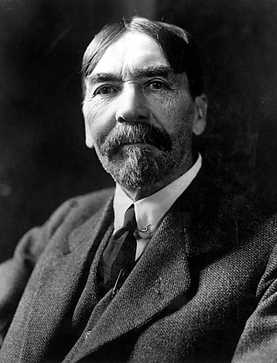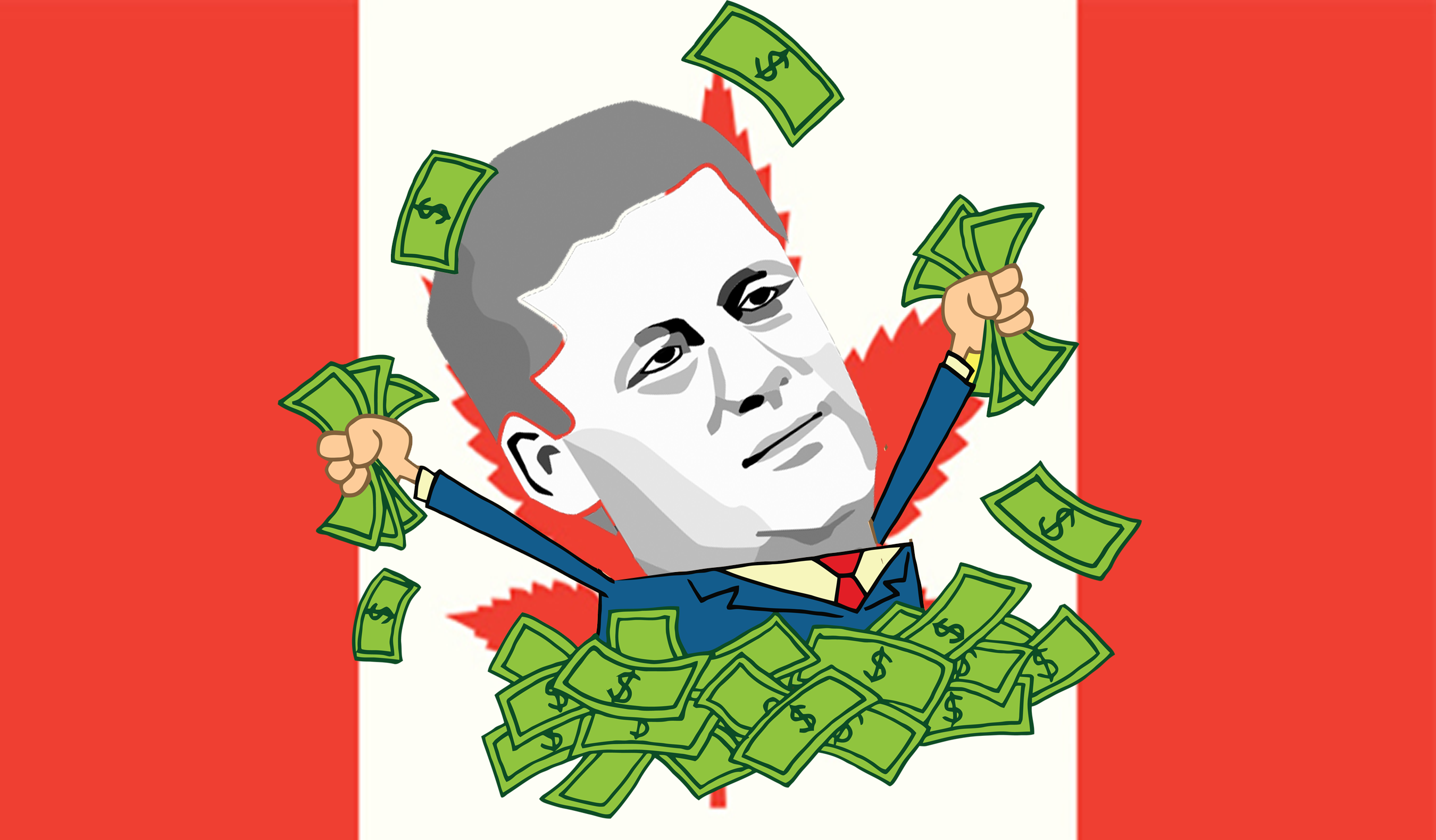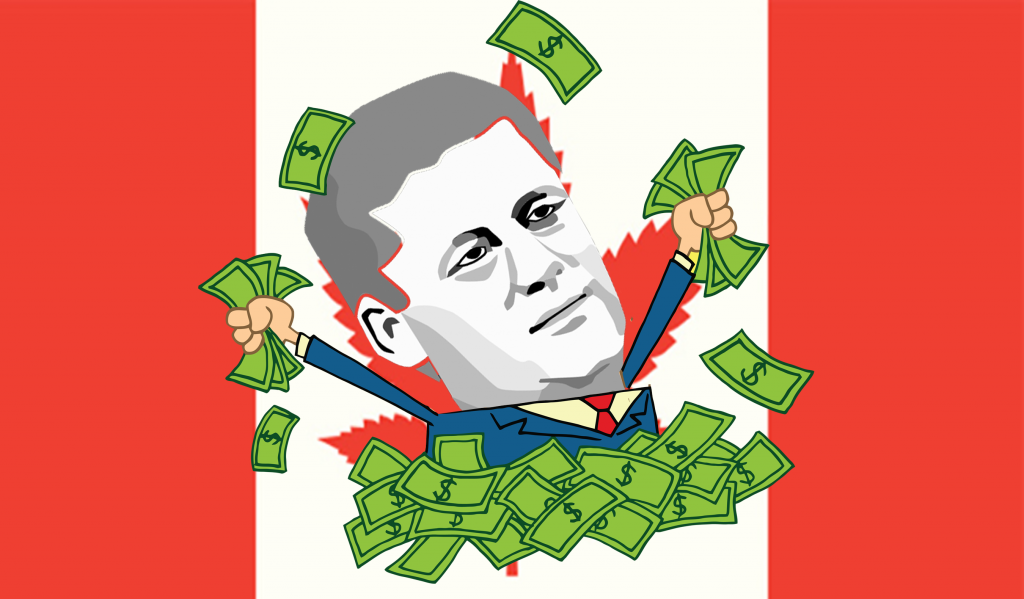Veblen-Inspired Reflections on the Recent Federal Anti-Drug Campaign
If you’re not already acquainted, allow me to introduce you to Thorstein Veblen, an early 20th century economist who provided a biting analysis of upper middle class and wealthy citizens in modern nations. He called them the leisure class. They’re also the governing class. In Veblen’s view, members of this class harbor a persistent conservatism that supports social inequality. This attitude includes:
- A deeply rooted code of propriety in behavior, and revulsion for people who do not comply.
- A sense that people who resist innovation in laws and institutions are respectable, whereas innovators—and the scientists who support them—are vulgar.
- A ready to hand hysterical message that goes: Big change equals social disaster.
- An affinity for policies that sap the energy of less privileged citizens, and of the opposition in general.
- An appetite for conspicuous consumption, and a commitment to use surplus money to fund conspicuous waste. Members of the leisure class self identify by buying and flaunting luxuries, and exercise power by parading their ability to squander public funds—anything to keep funds away from ‘wrong classes’.

If you find this portrait familiar read on. Veblen does not describe leisure class behavior as calculating. Rather, he says, it is instinctual, acquired through prolonged social contact, and developed as habit. All adults, Veblen suggests, resist changing their habits, especially their ways of thinking. They transform only when constrained to do so.
Several conditions work well to constrain conservative classes. Economic hard times are excellent. Medical and elective marijuana have certainly made progress in part because legalizing promises relief from debt and from declining government revenues. Information is excellent too. Reigning institutions, including laws, are always out of synch with the information environment. There are always renegade groups out there making new discoveries. When conservative institutions discourage equality, they appear to work. But when they resist information they eventually fail, and have to regroup. When people with influence start to tune in to new discoveries, laws change.
With these ideas in mind, let me suggest that the recent 7.5 million dollar Canadian federal anti-drug campaign, which focused heavily on young people’s brain health, was not about brain health at all. It was about the 7.5 million dollars. It’s been demonstrated for all to see that Harper can take that much of our tax money, and spend it on images of brain-shaped bongs surrounded by verbal nonsense. One has to admit, that’s power.
Still, for the record, it is important to recognize that Stephen Harper has never had an interest in the developing brain. His interest is in maintaining the prestige of the leisure class. Here’s his record.
- When he took office in 2006, Harper cancelled a five billion dollar national day care and early childhood education program set in place by his predecessor, Liberal, Paul Martin. Both programs would have had equalizing effects. Affordable national childcare would have allowed struggling parents to take full time work. Work would have seen them better housed and nourished. Better housing and nutrition would have de-stressed everyone and supported brain health, especially for the young. Early childhood education would have provided a further brain boost to low income kids. Harper replaced Martin’s program with a hundred dollar per kid taxable monthly cheque sent directly to Canadian families. The new program cannot buy childcare, or quality preschool; it cannot not pay for music lessons or out of school sports programs. Harper defended the program; he said he was giving Canadian parents a choice. But the choice favoured well to do parents, whose kids were already in good programs. The recent federal tax policy that allows income splitting for families does the same.
- Child advocacy organizations protested the new program, to no avail. From the mid 1970s, over 80 independent, government-funded organizations had been tracking and publishing data on social and economic conditions for Canadian children. These organizations included the Childcare and Resource Unit, the Caledon Institute for Social Policy, and the National Councils of Welfare. In 2012, Harper cut their funding. The Caledon Institute has since turned to crowd sourcing for funds, just to be able to publish its report. If this trend continues, present and future generations will have no idea many young Canadian brains are at risk. They’ll have been scrubbed off the map. We’ll have no idea how many childcare spaces there are out there, or how many are needed. We’ll have legislated ignorance.
- In 2011, Harper cancelled the Katimavik program, Canada’s premiere program for youth, introduced in 1977 by Canadian Prime Minister Trudeau. Katimavik was a six-month volunteer program that placed groups of high school graduates with any one of 545 non-governmental, partner organizations located in various regions across the country. Students worked full time studying the environment, or studying the kinds of services that provide support to communities. They improved their second language skills. They were invited to feel useful and connected, something that high schools do not do especially well. What a marvelous boost to the developing brain. In July 2012, the last 600 Canadian youth to enroll in the program learned at the last minute that the program no longer existed. None had applied to school or had gotten a job; all were left hanging. Where is the ad campaign to show the relation between teen brain health and betrayal? Or to show the difference such a program might have made?
- This is not the place for an extended howl on the federal treatment of brain health for First Nations youth. But here’s Harper’s contribution. In February 2013, Canadians who cared to listen heard that since 2007 the Harper government had been funding child welfare services on Native Reserves at a rate 22% below its funding for other children. That’s the month a Human Rights Tribunal heard the case against this practice and the Federal Court agreed that the funding was unjust. This means in essence: funds that might have provided support for Native youth were being spent instead on legal battles, millions of tax dollars worth. This theatrical style of waste has become a Harper favourite.
- Generally, one in seven young Canadians lives in poverty; one in four for First Nations. Where is the federally funded ad campaign on the relationship between poverty and brain development? These days it’s being spent on extravagant, trumped up anti-terrorism policies, crude law and order policies, and military posturing. Circle the wagons, wave the flag, and all social issues, brain health included, fade from memory.
- Since the 1970s the cost of higher education has increased tenfold for Canadian youth. Young people who choose this route today have to bear a heavy burden in loan debts. Currently forty-three nations provide free higher education for their youth. These include Denmark, Finland, Norway and Sweden; Ireland and Scotland; Germany, France and Italy; and Peru, Argentina, Venezuela and Uruguay. In this regard Canada is not doing well. Where is the federal ad campaign that says: This is your brain on philosophy, or higher math? Or: This is your brain on dwindling opportunities and debt stress? Chronic underfunding of education for youth is class warfare, instinctual and inbred.
- And then we have the drugs. In 2007, The Globe and Mail ran an article informing us that half the children in foster care in Ontario were being given psychotropic drugs, including new anti-psychotic medicines. Doctors interviewed for this article emphasized the point that foster kids are clearly more at risk for being saddled with such medicines. They have no doting parent in their corner, no one to protest on their behalf. One doctor argued that the problem was systemic. Canada has few mental health services for children and teens; dosing with meds has become the national quick kid-fix. Certainly it has become the national under-privileged kid brain fix. In 2006, prescriptions of this kind to children rose by 47 percent. Side effects of the drugs include aggression, suicide, obesity, and a high risk for developing diabetes. Psychoactive pharmaceuticals prescribed to children as young as three, are unlikely to benefit many developing brains. Where is the federally funded campaign calling public attention to the mass drugging of young Canadians?
- Cannabis, on the other hand, has been shown to contribute vitally to brain health, especially for young people with seizures. It’s been shown to aid recovery from concussion, and looks promising for the treatment of Alzheimer’s disease. But the money that might have gone to advertise this fact has gone, leisure class style, to waste. Harper has spent countless dollars on lawyers and court costs, trying to bar access to such medicines.
- Finally, in 2006, the Harper government cancelled ongoing, federally funded medical cannabis research. But of course they now claim there is no such research. This sounds like an absurd joke, but it’s not. It’s an instinctual move to keep patients exhausted, discouraged and less likely to be heard.
A popular saying goes: follow the money. I say: watch how cheerfully it turns to evil fireworks, smoke and scattered debris. That, in any case, is my take on Health Canada’s latest campaign.





